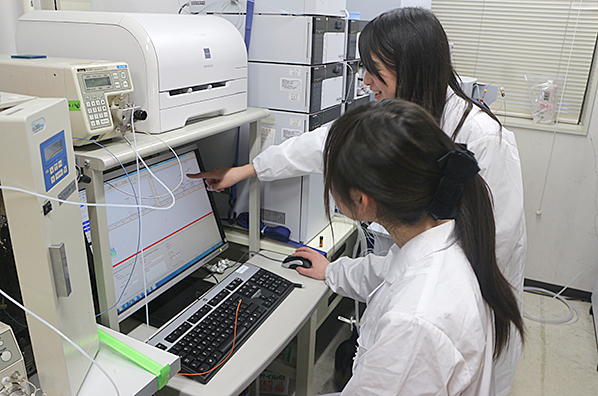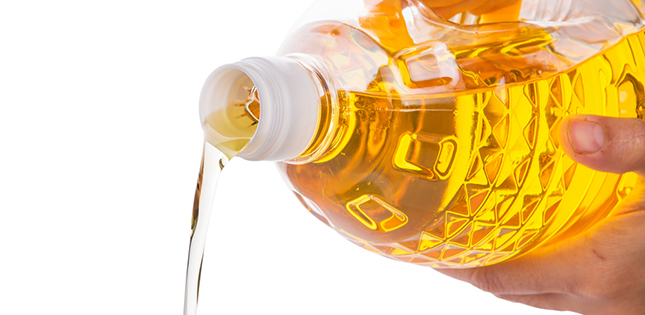A new method helps clarify how canola and other edible oils deteriorate, providing valuable insight for prevention.
Canola and other edible oils are easily affected by light irradiation or heat treatment. Since such processes deteriorate the oil quality such as flavor or taste, understanding this process, called oxidation, is imperative to identify effective measures to control the oil quality such as the best way to package or store oil.
A team of researchers from Tohoku University and their colleagues have provided the most detailed picture to date of canola oil's oxidation process by high performance liquid chromatography (HPLC) combined with tandem mass spectrometry (MS/MS). HPLC pumps liquid under high pressure through a granular adsorbent material to separate the different components contained in the liquid. MS/MS bombards the compound molecules separated by HPLC with neutral molecules (e.g. nitrogen) to break it apart into smaller components, and then measures the mass-to-charge ratio of the pieces.

Detailed quantitative analysis of oxidized canola oil was performed using high performance liquid chromatography (HPLC) combined with tandem mass spectrometry (MS/MS), providing valuable insight for preserving the quality of edible oil.
Triacylglycerol (TG), a major component of edible oil, is known to form different oxidation compounds, or isomers, depending on how TG was oxidized. The researchers developed a new technique to analyze isomers using HPLC-MS/MS. Using the method, they identified the specific oxidation compounds in canola oil resulting from heat (25-180°C) and light (office lighting-direct sunlight).
Moreover, they found that marketed canola oil tends to be oxidized by light around room temperature. This suggests that canola oil should be packaged in dark containers to extend shelf life by reducing light exposure. Another method to reduce oxidation could be to add antioxidants such as carotenoids, that trap oxygen before it interacts with the oil.
The new method enables a more detailed quantitative analysis of oxidized edible oil compared to other existing methods. The researchers suggest in their paper recently published in the journal npj Science of Food that this approach would be valuable in understanding oil and food oxidation processes, and the development of preventive methods against food deterioration.
- Publication Details:
Determination of triacylglycerol oxidation mechanisms in canola oil using liquid chromatography-tandem mass spectrometry
Authors: Shunji Kato, Naoki Shimizu, Yasuhiko Hanzawa, Yurika Otoki, Junya Ito, Fumiko Kimura, Susumu Takekoshi, Masayoshi Sakaino, Takashi Sano, Takahiro Eitsuka, Teruo Miyazawa, Kiyotaka Nakagawa
Journal: npj Science of Food
DOI: 10.1038/s41538-017-0009-x
Contact:
Kiyotaka NakagawaGraduate School of Agricultural Science
Email: nkgw@m.tohoku.ac.jp
Website: http://www.agri.tohoku.ac.jp/kinoubun/index-en.html

